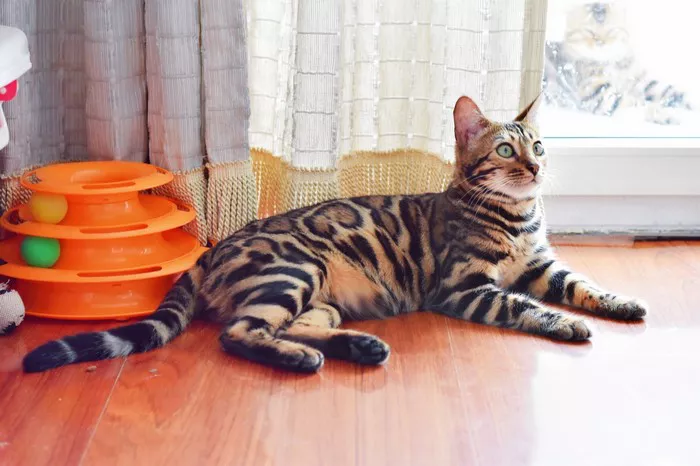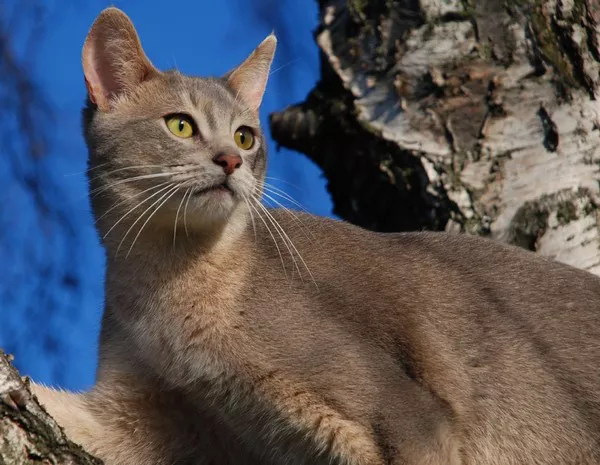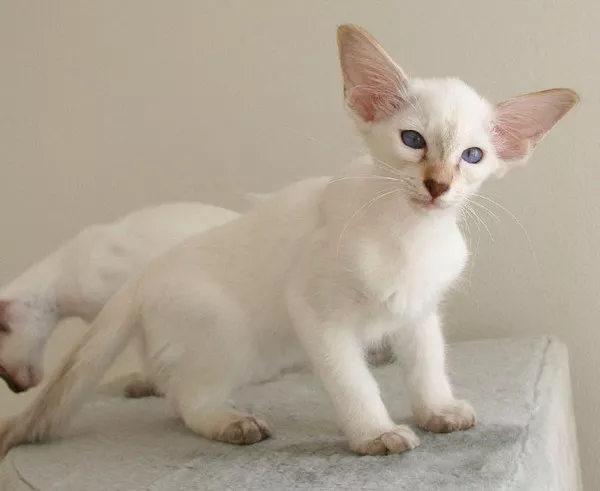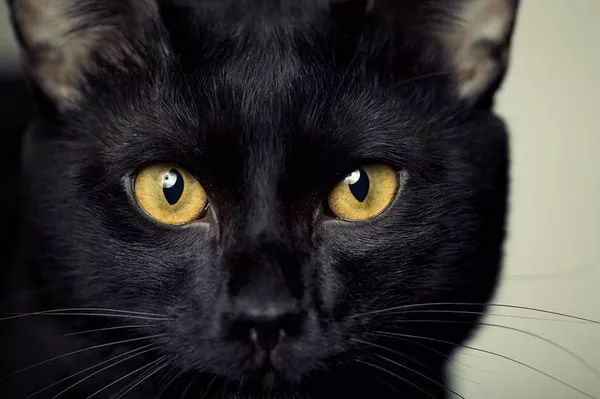Bengal cats have gained immense popularity in recent years due to their striking appearance, energetic personality, and resemblance to their wild ancestors. If you’re considering adopting a Bengal cat, it’s essential to understand the factors that contribute to their price range. In this article, we will delve into the various elements that determine the cost of Bengal cats and provide insights to help prospective owners make an informed decision.
1. Bengal Cat Breeder Reputation and Quality:
The reputation and quality of the breeder play a significant role in determining the price of Bengal cats. Reputable breeders who focus on producing healthy, well-socialized kittens with desirable traits invest considerable time, effort, and resources into their breeding programs. As a result, they tend to charge higher prices for their Bengal kittens.
2. Bengal Cat Pedigree and Bloodlines:
The pedigree and bloodlines of Bengal cats also impact their price. Kittens born from champion bloodlines or with notable ancestry tend to have a higher price tag. These bloodlines often trace back to early generations of Bengals crossed with Asian leopard cats, contributing to the breed’s distinct appearance.
3. Bengal Cat Coat Patterns and Colors:
One of the defining features of Bengal cats is their unique coat patterns and colors. Bengals can exhibit various patterns, such as spotted, marbled, or rosetted coats, in combination with a wide range of colors. Rarer and more aesthetically pleasing coat patterns and colors often command higher prices in the market.
4. Bengal Cat Generation:
The generation of a Bengal cat refers to the number of generations it is removed from its wild ancestor, the Asian leopard cat. The earlier-generation Bengals (F1-F3) have a higher percentage of wild blood, making them more expensive and challenging to handle due to their innate wild instincts. Subsequent generations (F4 and beyond) are more domesticated, easier to manage, and usually have a lower price range.
5. Bengal Cat Show Quality:
Bengal cats that possess the desired traits, conforming to breed standards, are considered show quality cats. These cats often have excellent conformation, vibrant coat colors, and well-defined patterns. Show quality Bengals can command premium prices due to their potential for success in cat shows and breeding programs.
6. Health Testing and Guarantee:
Reputable Bengal cat breeders prioritize the health and well-being of their kittens. They invest in health testing procedures to screen for genetic disorders or other health issues commonly found in the breed. Breeders who provide comprehensive health guarantees and vaccinations tend to charge higher prices since they cover the costs associated with ensuring the kittens’ good health.
7. Geographical Location:
The cost of Bengal cats can vary significantly depending on the breeder’s geographical location. In areas where demand is high or the availability of Bengal cats is limited, prices may be higher. Additionally, transportation costs for delivery or shipping may add to the overall expense if you choose to purchase from a breeder located far away.
8. Additional Factors:
Factors such as gender, age, individual temperament, and the breeder’s services (such as spaying/neutering, microchipping, or registration papers) can also influence the price of Bengal cats.
Conclusion:
When considering purchasing a Bengal cat, it’s crucial to understand the various factors that contribute to their pricing. The reputation and quality of the breeder, pedigree, coat patterns, generation, show quality, health testing, geographical location, and additional services all play significant roles in determining the cost of Bengal cats. Remember to do thorough research, ask questions, and ensure that any breeder you choose adheres to ethical breeding practices. By understanding the price factors and making an informed decision, you can find a Bengal cat that not only fits your budget but also becomes a cherished member of your family.
























